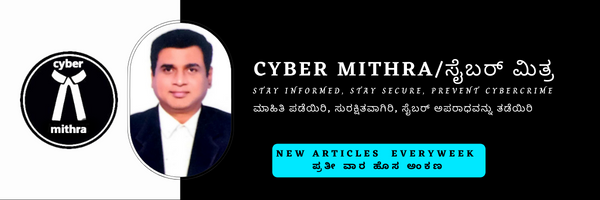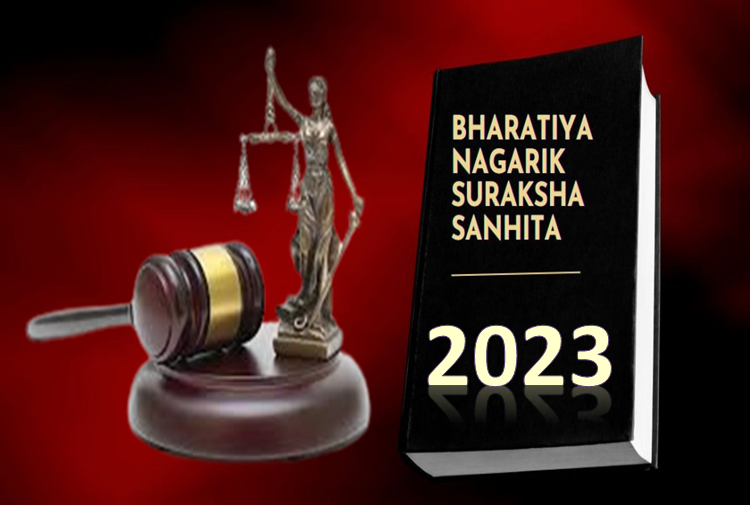Impact of new criminal laws on the digital world (Part II)
Since last couple of articles, I have been talking about India’s cyberlaws and the impact of the new criminal laws on the cyber space and last week in specific I talked about the changes introduced in Bharatiya Nyaya Sanhita(BNS). In this week’s article, I am going to talk about the changes introduced in the Bharatiya Nagarik Suraksha Sanhita (BNSS), and in the next week on the changes introduced in the Bharatiya Sakshya Adhiniyam (BSA) which will have a impact on the cyber or digital world.
Bharatiya Nagarik Suraksha Sanhita (BNSS) is the new criminal procedure code and replaces Code of Criminal Procedure (CrPC), 1898 and Bharatiya Sakshya Adhiniyam (BSA) is the new evidence law which replaces the Indian Evidence Act, 1872. These laws came into effect from July 1st, 2024 and is applicable on all the new criminal cases registered from that date.
Changes Introduced in BNSS impacting Cyber space
The Bharatiya Nagarik Suraksha Sanhita, 2023, focuses on modernizing investigative and trial processes, improving the efficiency and transparency of law enforcement, and ensuring faster delivery of justice by eliminating procedural delays and reducing bureaucratic hurdles. Some of the prominent changes impacting digital world are:
- BNSS mandates the use of digital records and e-governance platforms to streamline the documentation and tracking of cases. This move is expected to significantly reduce paperwork, minimize errors, and enhance the accessibility of case information for all stakeholders.
- e-FIR (Electronic – First Information Report) is introduced to allow individuals to lodge complaints online, making the process more accessible and efficient. Home Ministry has also issued the new standard operating procedures on the e-FIR simplifying the process for citizens but also helps in creating a digital trail that can be easily monitored and audited, reducing instances of corruption and negligence. If the E-FIR is refused or declined by the station in-charge, then complainant can escalate the matter to the Superintendent of Police or make an application to a Magistrate.
- To enhance the integrity of search and seizure operations, the BNSS mandates the videography of such procedures. This measure aims to prevent tampering and ensure that all actions taken by law enforcement are documented and transparent. The use of body cameras and other recording devices is expected to increase accountability and build public trust in the police force.
- Statements of the victim of rape or sexual offense can be now recorded by a woman police officer by audio-video means including mobile phone.
- Investigation officer can now submit police report and other documents by electronic communication to Magistrate and it shall be considered as duly served.
- During trial, the statements of prosecution witnesses may be recorded by audio-video electronic means.
- Summons may also be served through electronic communication now. Acknowledgments or proofs of delivery through electronic communication are deemed as proof of duly served summons.
- Any Court or office In charge of Police station can demand production of electronic communication including communication device, which is likely to contain digital evidence.
- Emphasis is made on improvement of digital forensics facilities and trained personal at every police station.
- An officer, not below the rank of ASI, shall be appointed as Designated Police Officer in every Police station, who shall maintain and display, in digital mode, the information regarding name, address, nature of the offence of the arrested person at Police Station and District Headquarter.
- Courts will upload the digital copy of the judgment within 7 days from the pronouncement date, this is already in practice in many courts but now is mandated for all court judgments by BNSS.
Apart from above changes, there are many other path breaking changes introduced in BNSS like timelines for various procedures including investigations, trial, arguments, framing of charges etc, In-absentia trial, zero FIR, recording of statements, Arrest, speedy trial, Compensation to persons groundlessly arrested, and victim-centric provisions.


I do trust all the ideas youve presented in your post They are really convincing and will definitely work Nonetheless the posts are too short for newbies May just you please lengthen them a bit from next time Thank you for the post